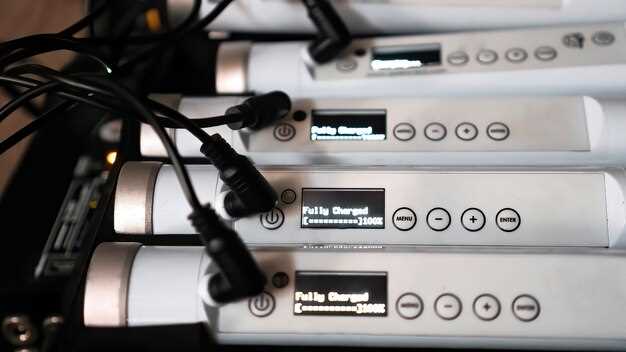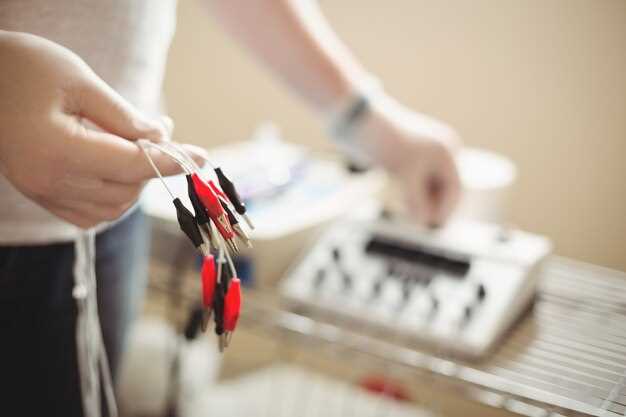
In the world of classic cars, preserving the original essence is a priority for enthusiasts. One of the most delightful ways to enhance the driving experience while maintaining a retro feel is by installing high-quality audio systems. These modern solutions can bring vintage vehicles to life with rich sound while keeping in harmony with their classic aesthetics.
When selecting the right audio system, it’s essential to consider components that not only deliver outstanding sound quality but also complement the retro design of your vehicle. Finding the perfect balance between performance and style can transform your classic car into a mobile sound stage, allowing you to enjoy your favorite tunes as you cruise down the highway.
Moreover, the installation process can be approached in a way that aligns with the original features of the car. This means using parts that are designed to fit seamlessly into the existing dashboard and sound system layout. By opting for vintage aesthetics and authentic sound reproduction technologies, you can create an audio setup that delivers a true homage to the past while benefiting from modern advancements.
Ultimately, installing an authentic audio system is not just about enhancing sound quality; it’s about creating an immersive experience that complements the charm of classic automobiles. Embrace the union of vintage design and contemporary technology for an unforgettable ride.
Choosing the Right Components for Vintage Sound

When it comes to enhancing the audio experience in classic cars, selecting the right components is essential for achieving that authentic vintage sound. Modern technology allows for a variety of options that can seamlessly blend with retro aesthetics while delivering high-quality performance.
Start with the audio source. Vintage radios and cassette players can add a nostalgic touch, but they may lack modern convenience. Consider integrating digital media players that emulate retro design but support Bluetooth and USB connectivity. This way, you can enjoy your favorite tunes without compromising on style.
Next, focus on speakers. Vintage cars often have limited space for audio equipment, so choose compact yet powerful speakers that can deliver rich sound. Look for options that resemble the classic look, such as round or oval-shaped designs, which complement the car’s interior while providing clarity and depth in sound.
Amplifiers play a crucial role in achieving the desired audio experience. Opt for a high-quality amplifier that matches the power requirements of your speakers, ensuring optimal performance without distortion. Consider retro-styled amplifiers that not only enhance audio quality but also fit aesthetically within the classic dashboard.
Wiring is another important aspect. Invest in quality cabling that minimizes interference and maximizes sound clarity. Hide these modern components discreetly to maintain the vintage appearance of the car, ensuring that the modern enhancements are virtually invisible to the naked eye.
Finally, don’t forget about sound deadening materials. Applying these materials can significantly reduce road noise, allowing for a more immersive audio experience. Choose products that are easy to install and can be integrated without altering the car’s original features.
By carefully selecting each component with both audio quality and aesthetic appeal in mind, you can create a harmonious balance between vintage charm and modern functionality, ensuring that your classic car sounds as good as it looks.
Step-by-Step Installation Guide for Classic Car Audio Systems

Installing an audio system in a classic car can transform your driving experience, merging modern sound quality with retro aesthetics. Follow this detailed guide to successfully install a vintage audio system in your classic vehicle.
-
Gather Necessary Tools and Materials
- New audio system (head unit, speakers, amplifiers)
- Wiring harness specific to your classic car model
- Screwdrivers and wrenches
- Wire connectors and electrical tape
- Drill (if necessary for speaker mounting)
- Multimeter for testing connections
-
Remove the Existing Audio System
Carefully disconnect the battery to avoid electrical shorts. Remove the radio and any other existing audio components using appropriate tools. Take note of the existing wiring layout for reference.
-
Install the Head Unit
Follow the manufacturer’s instructions for mounting the new head unit. Use the wiring harness to connect the new unit to the car’s wiring. Ensure all connections are secure, and use a multimeter to verify that power is reaching the unit.
-
Mount the Speakers
Determine the best locations for the speakers within the car. Common locations include the dashboard, doors, or rear deck. If necessary, use a drill to create mounting holes and secure the speakers in place.
-
Connect the Speakers
Use the provided wiring to connect each speaker to the head unit. Ensure that positive and negative terminals are correctly matched to avoid sound issues. It’s important to keep wiring tidy and secure to maintain the vintage appeal of your classic car.
-
Install Amplifiers (if applicable)
If you are using external amplifiers, find an unobtrusive location to mount them. Connect the amplifier to the head unit and speakers according to the instructions provided. Check that all wiring is safely tucked away to prevent interference or damage.
-
Reconnect the Battery
Once everything is securely connected, reconnect the battery. Be cautious and double-check that all wires are properly insulated.
-
Test the Audio System
Before closing up any panels, turn on the audio system to test functionality. Check all speakers for sound output, and ensure the radio and any additional features work as expected.
-
Final Touch-ups
After confirming everything is operational, tidy up the installation. Replace any panels you removed and ensure that the installation maintains the classic look of your vehicle.
By following these steps, you will successfully install a modern audio system in your classic car while preserving its vintage charm. Enjoy your new sound experience as you cruise in style!
Troubleshooting Common Issues in Retro Audio Setups
When installing a vintage audio system in a classic car, enthusiasts may encounter several common issues that can affect performance. Addressing these problems requires a good understanding of both the audio equipment and the vehicle’s electrical system.
One frequent issue is poor sound quality. This can stem from several factors, including worn-out speakers or degraded wiring. Inspect the connections for corrosion or fraying, and ensure that the speakers are properly mounted. Upgrading to modern speaker components while maintaining a retro aesthetic can also improve sound clarity.
Another problem users often face is the radio not picking up signals or experiencing static. This could be due to an improperly grounded antenna or outdated circuitry. Verify that the antenna is securely connected and consider replacing it with a more modern option that maintains compatibility with vintage setups.
Additionally, compatibility issues can arise when pairing modern audio components with vintage systems. Check the power requirements and impedance ratings to ensure that all components work harmoniously. If necessary, use adapters to bridge the gap between old and new technologies.
Static or humming noises can indicate grounding issues. Ensure all components are grounded properly and that each connection point is clean. Using a dedicated ground wire can reduce electrical interference, improving overall sound quality.
Lastly, check the power source. Vintage cars may have outdated electrical systems that struggle to support modern audio setups. Installing a dedicated circuit or upgrading the alternator may be necessary for optimal performance. This will ensure your retro audio experience is both enjoyable and reliable.




